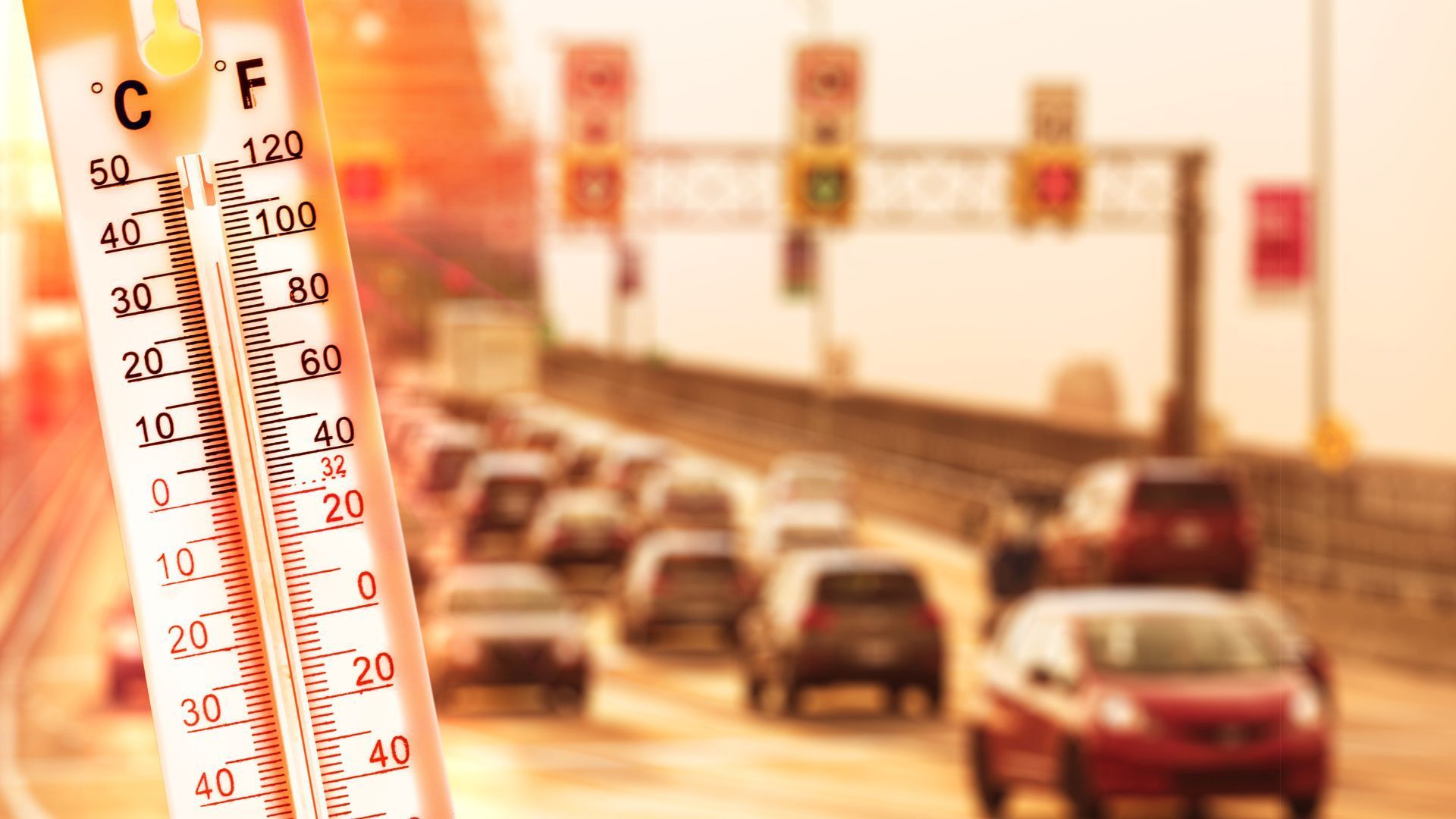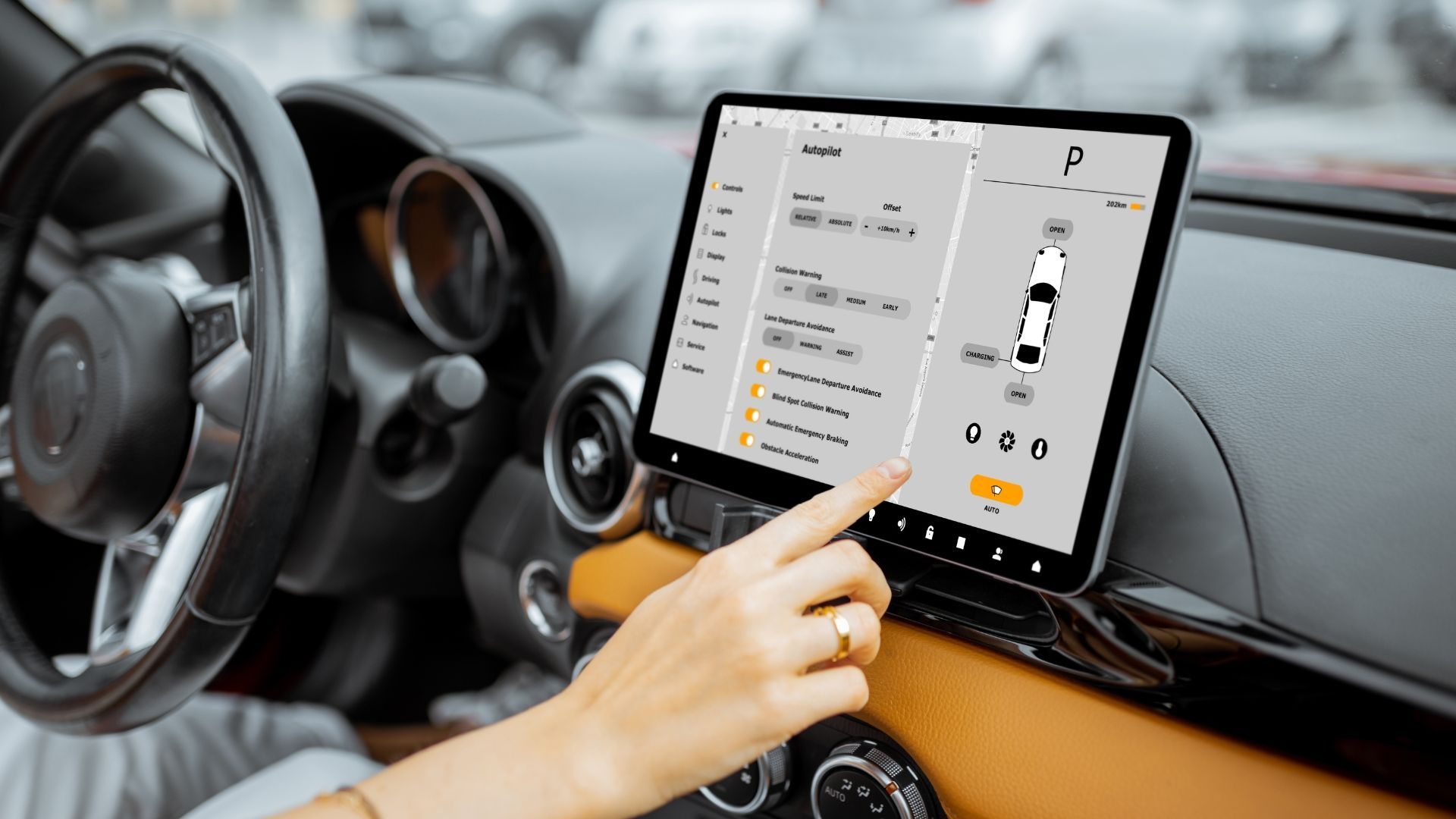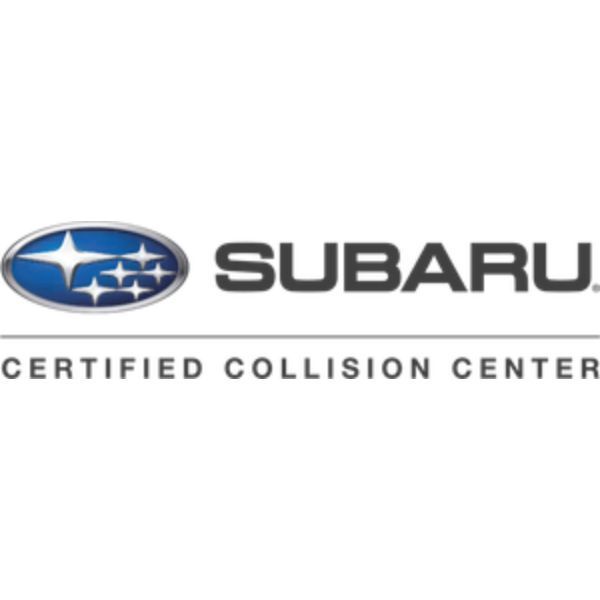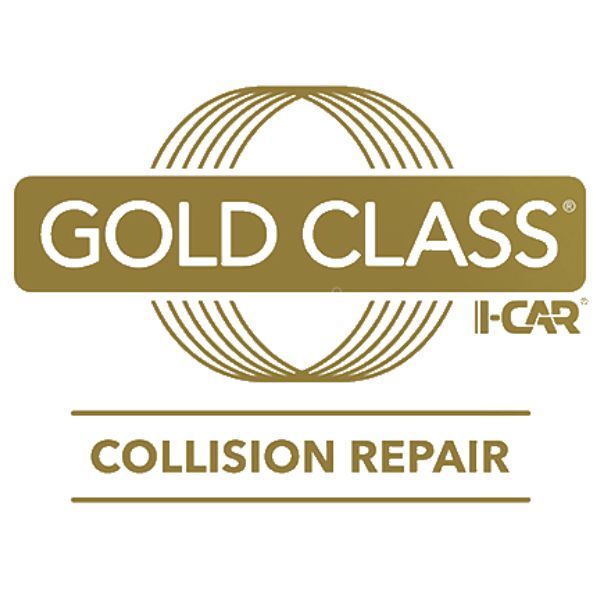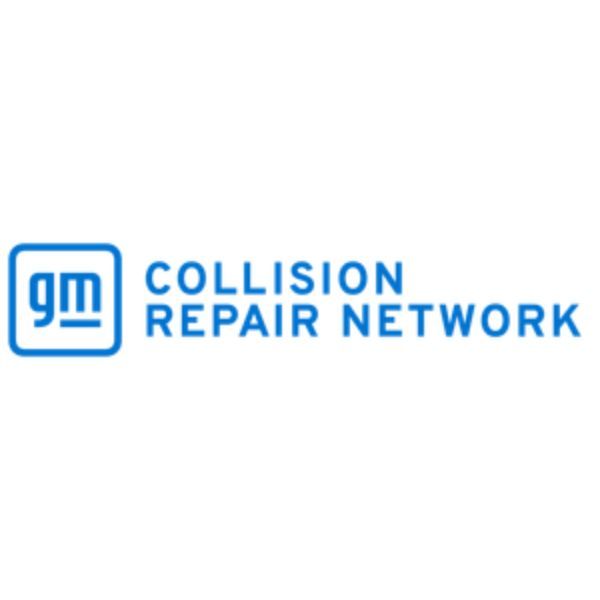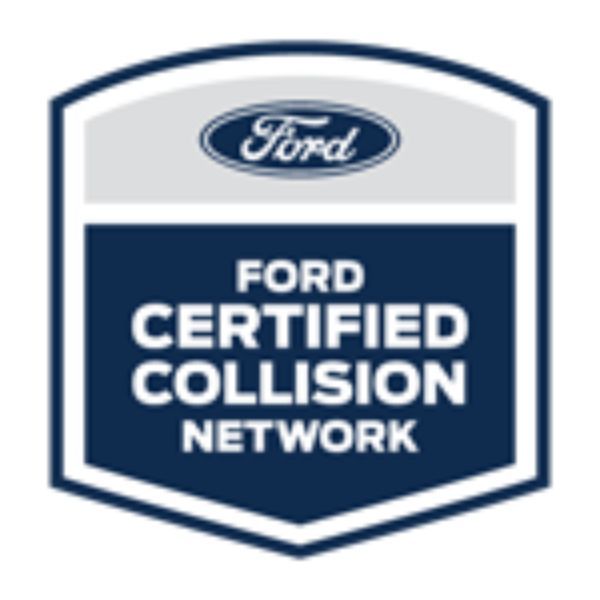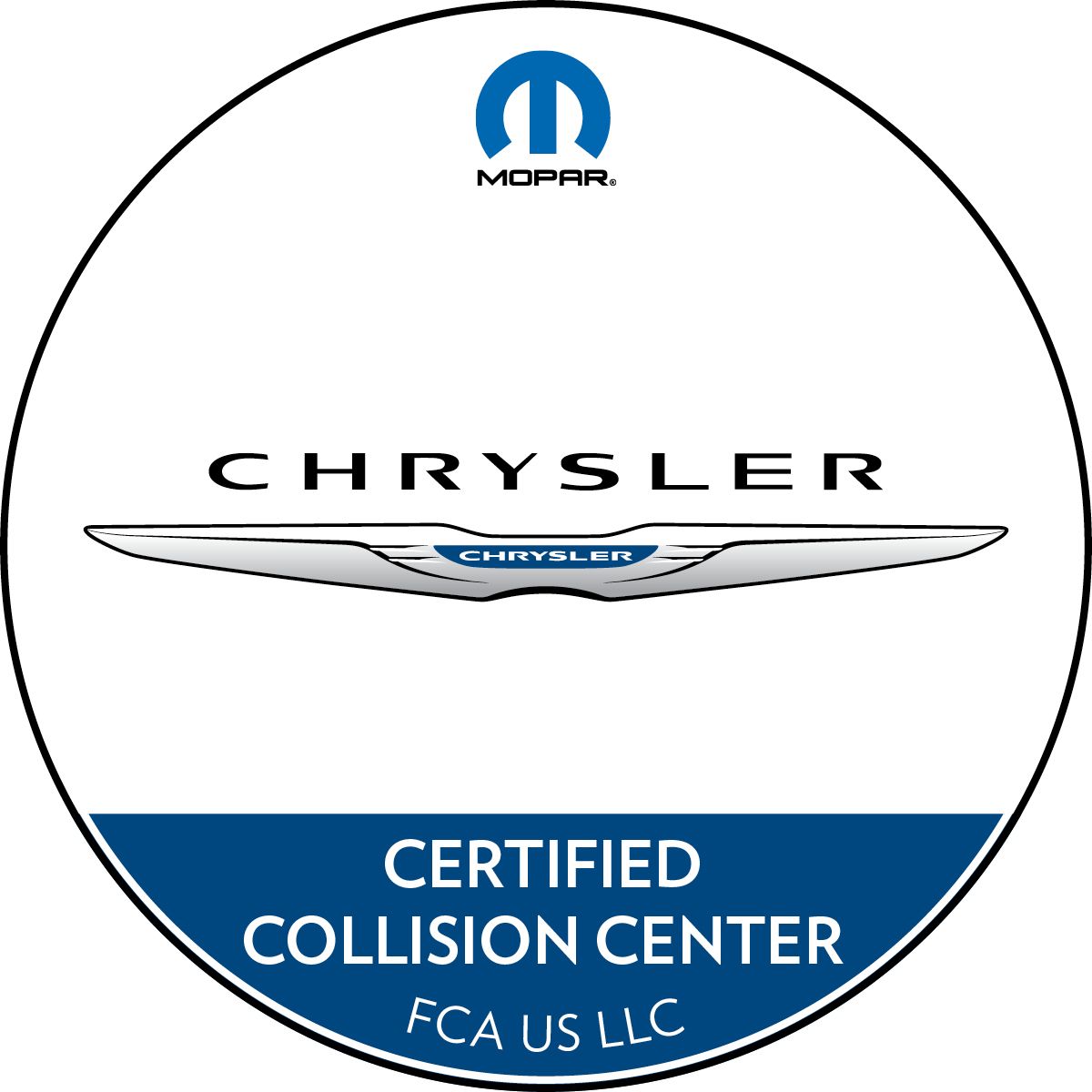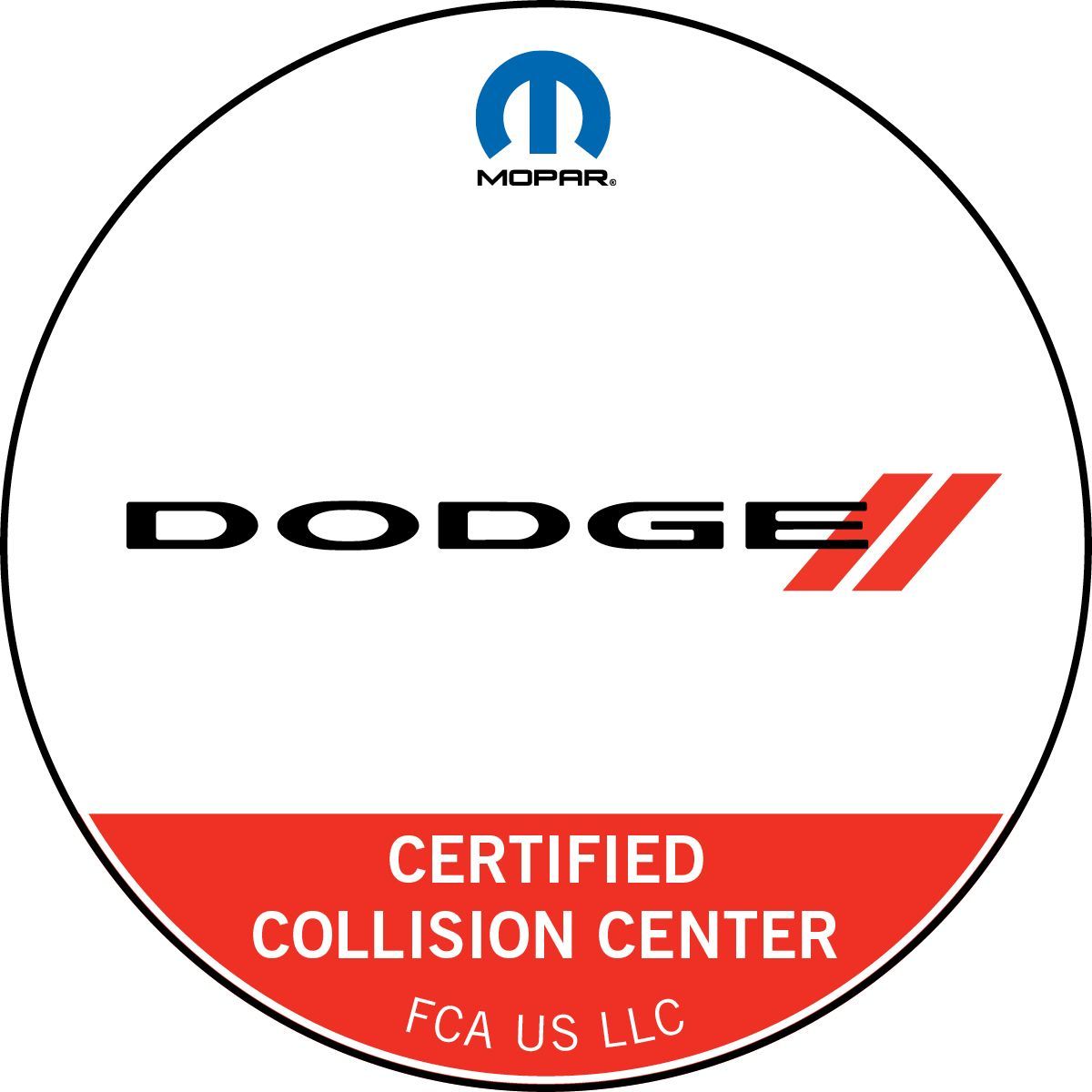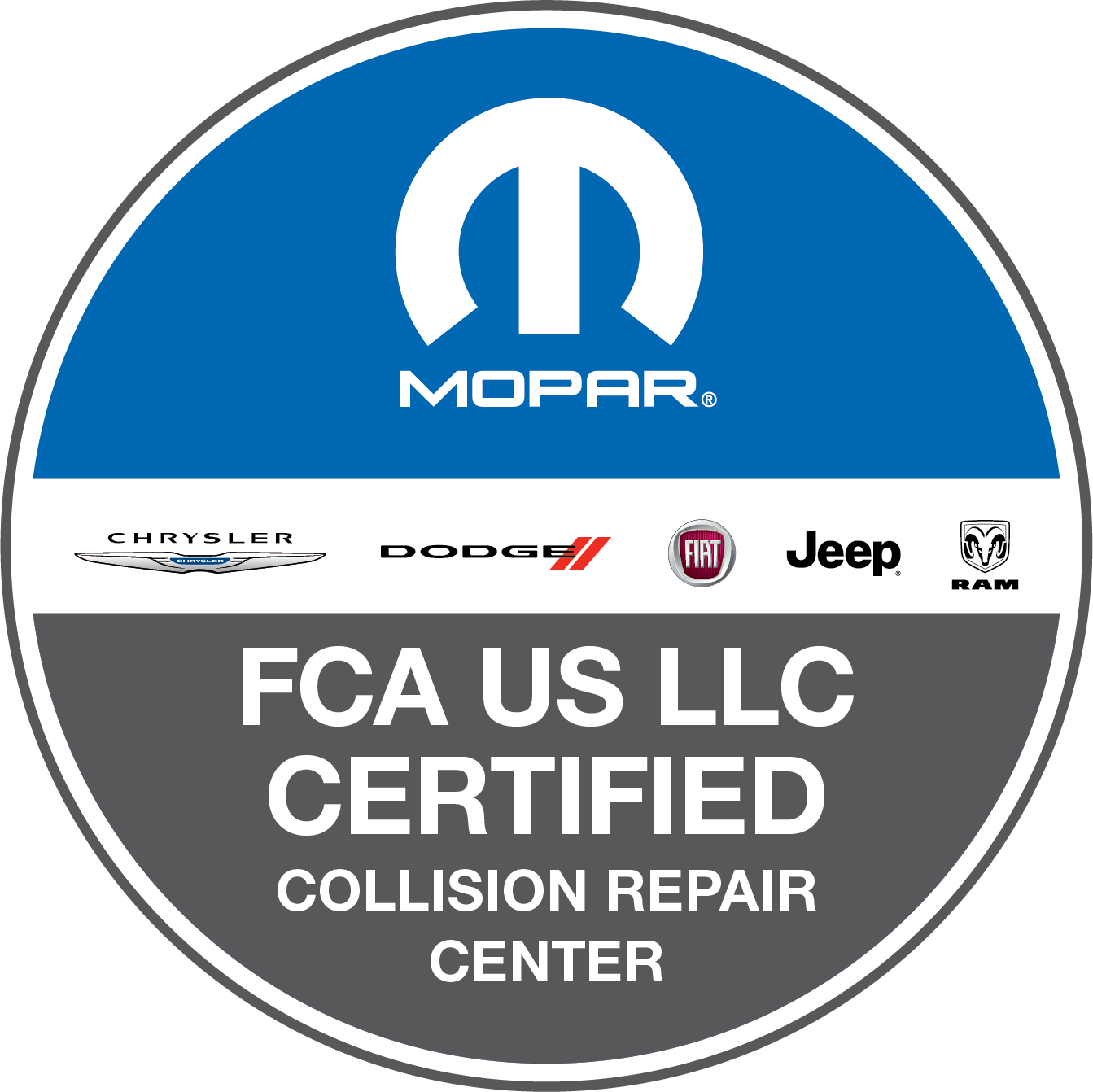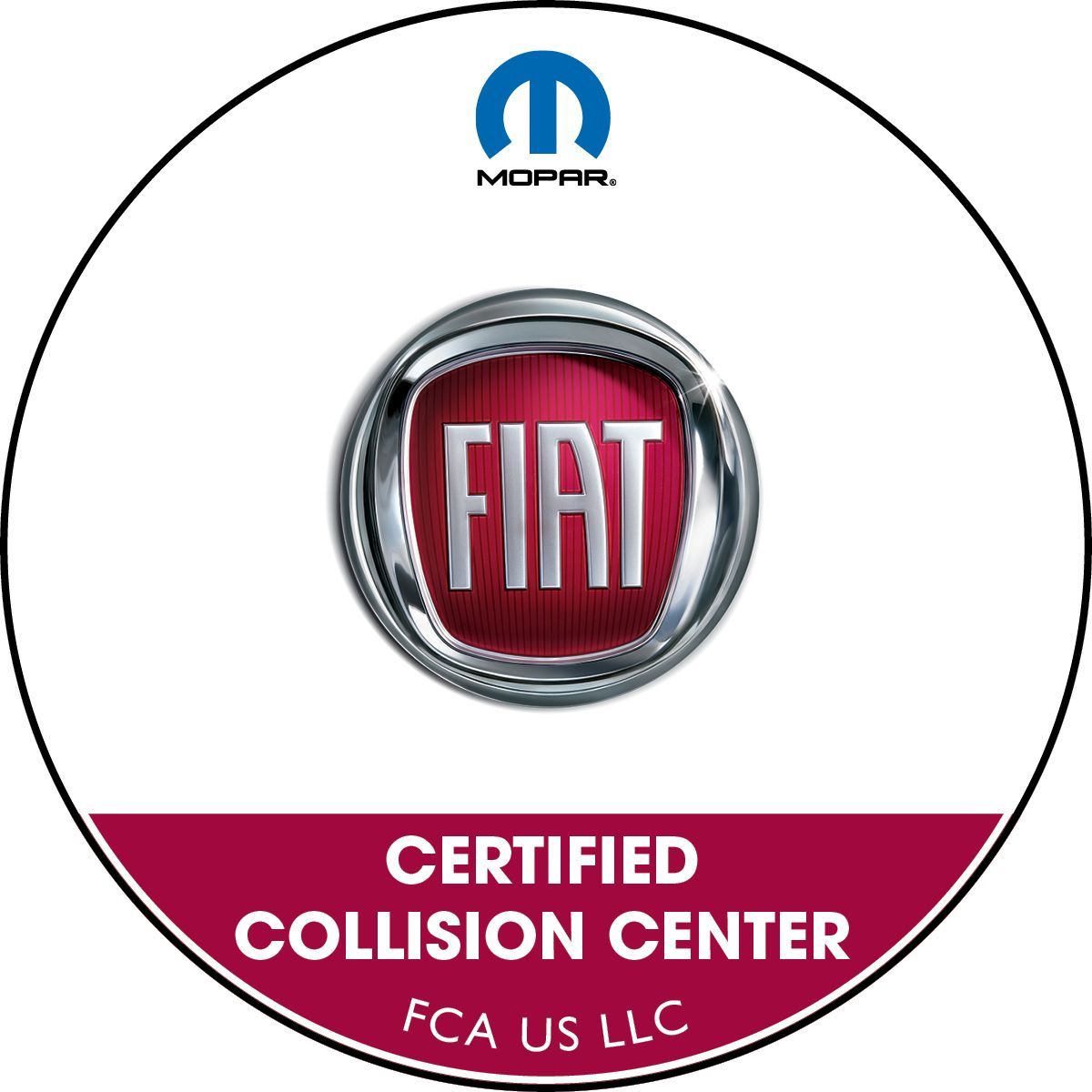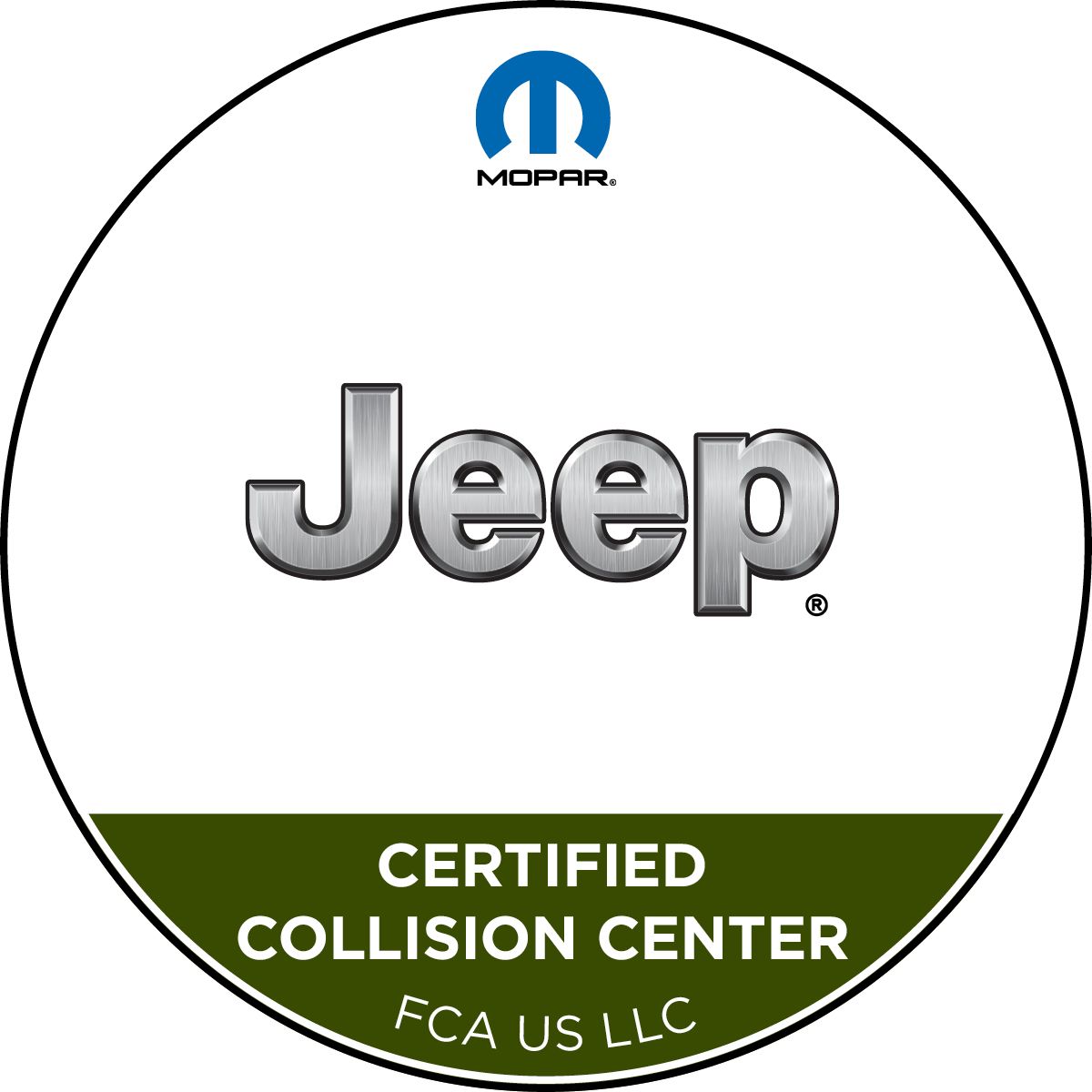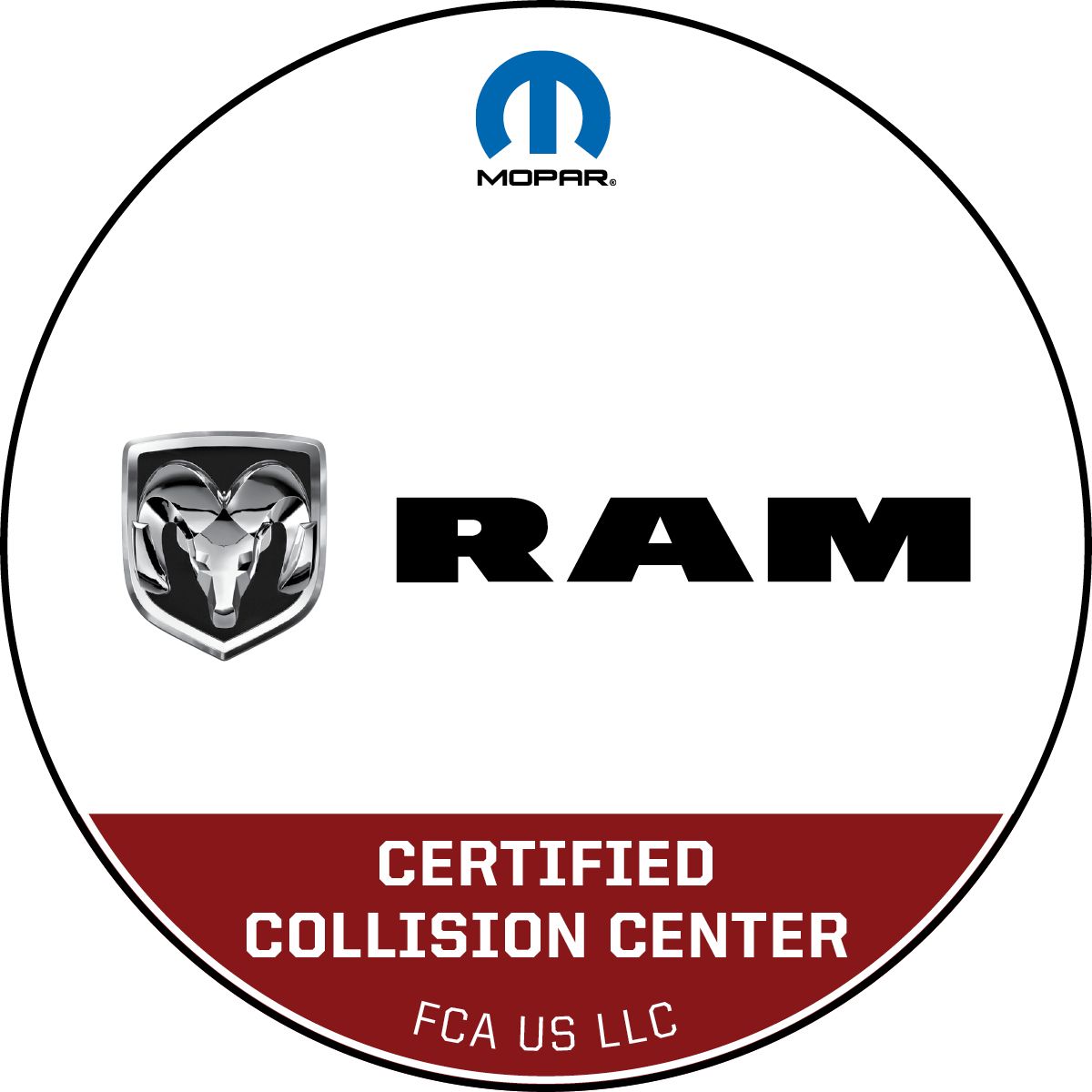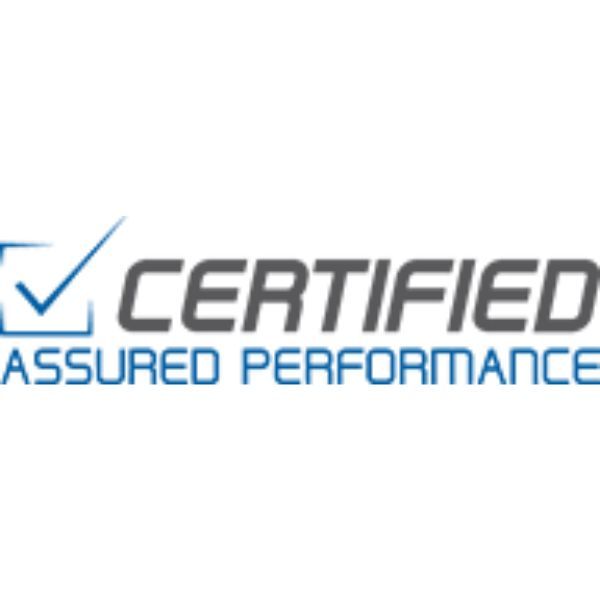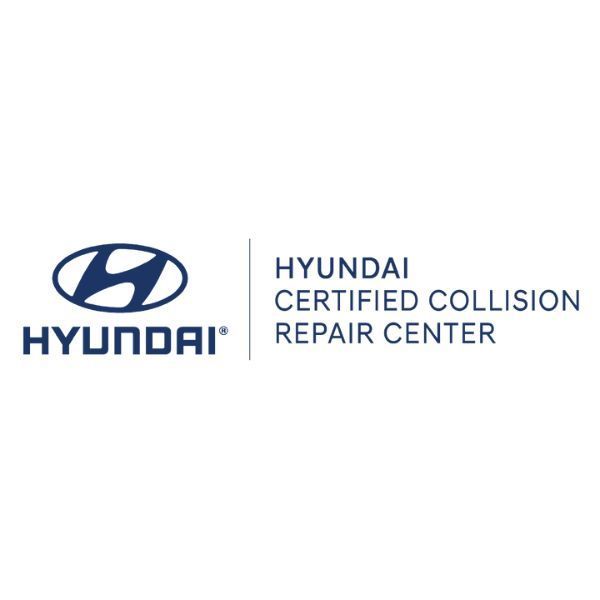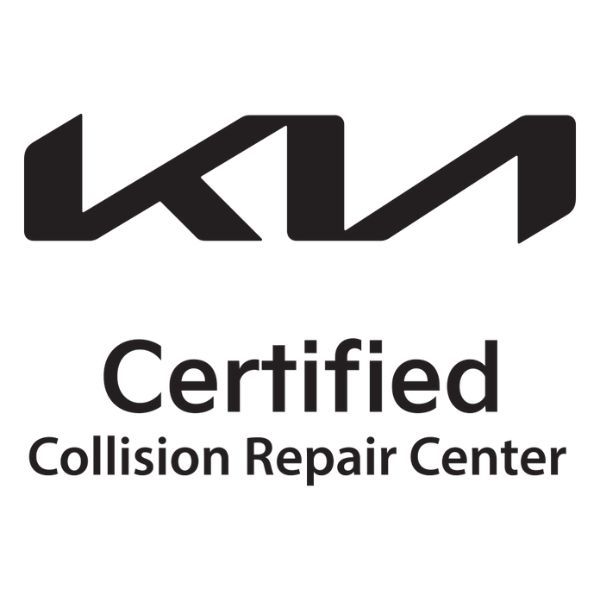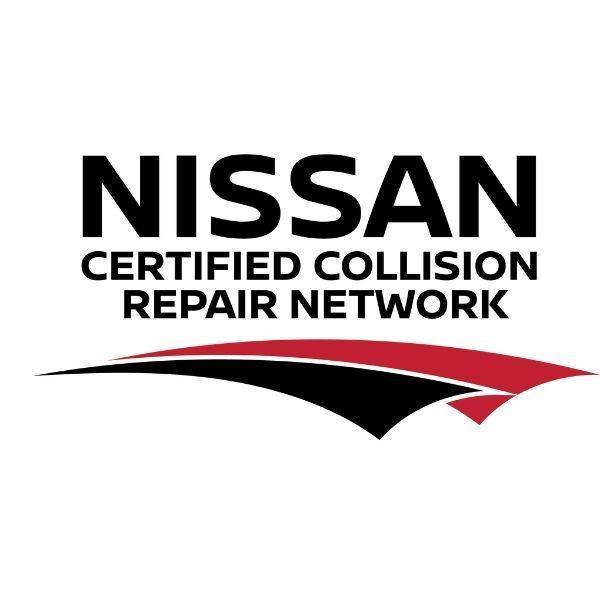How to Remove Common Stains Inside of Your Car
Most of us spend a lot of time inside our cars. The more time you spend in your car, the more vulnerable your car’s interior is to messes and stains. Whether it’s spilled coffee, muddy shoes, or a pet accident, stains can quickly take a toll on the comfort and appearance of your vehicle. At Morrow Collision Center, we understand the importance of maintaining a clean and fresh auto interior. Here’s a step-by-step guide on how to remove common stains inside of your car.
Coffee Stains
Materials Needed:
- Clean cloth or paper towels
- Mild dish soap
- White vinegar
- Water
Directions:
- Blot the Spill: After spilling, you should immediately blot the area with a clean cloth or paper towel to absorb as much liquid as possible. Avoid rubbing, as this can spread the stain.
- Prepare a Cleaning Solution: Mix one tablespoon of mild dish soap with one tablespoon of white vinegar and two cups of warm water.
- Clean the Area: Dampen a cloth with the solution and gently blot the stained area. Continue blotting until the stain lifts.
- Rinse and Dry: Wipe the area with a clean, damp cloth to remove any soap residue, then blot dry with a towel.
Mud and Dirt
Materials Needed:
- Vacuum cleaner
- Mild detergent
- Water
- Carpet brush
Directions:
- Vacuum: Use a vacuum cleaner to remove loose dirt from the area.
- Mix Up a Cleaning Solution: Mix mild dish detergent with warm water.
- Clean the Area: Dip a carpet brush into the solution and gently scrub the stained area. Be careful not to oversaturate the fabric.
- Rinse and Dry: Rinse with a damp cloth and blot dry with a towel. Allow the area to air dry completely.
Ink Stains
Materials Needed:
- Rubbing alcohol
- Cotton balls, clean cloth, or carpet brush
Directions:
- Blot the Stain: Gently blot the ink stain with a clean cloth to absorb as much ink as possible.
- Apply Rubbing Alcohol: Dampen a cotton ball or clean cloth with rubbing alcohol and gently blot the stain. Avoid rubbing!
- Clean and Dry: Once the ink is lifted, clean the area with a damp cloth and blot dry. You should also use an air hose if available.
Note: if the stain is on carpet of cloth seats, a carpet brush will also do the trick!
Pet Accidents
Materials Needed:
- Enzyme cleaner
- Clean cloth or carpet brush
- Baking soda (optional, but recommended)
Directions:
- Blot the Area: Blot the area with a clean cloth to remove liquid.
- Apply Pet Accident Cleaner: Use an enzyme cleaner designed for pet accidents. Follow the instructions on the product for the best results.
- Scrub and Rinse: Gently scrub the area with a clean cloth or carpet brush, then rinse with water.
- Neutralize Odors: Sprinkle baking soda over the area to help neutralize odors. Let it sit for a few hours before vacuuming.
Grease and Oil Stains
Materials Needed:
- Cornstarch or baking soda
- Dish soap
- Water
- Carpet brush
Directions:
- Sprinkle, Sprinkle: Sprinkle cornstarch or baking soda over the grease stain and let it sit for 15-20 minutes to absorb excess oil.
- Vacuum: Vacuum up the absorbent material.
- Make a Cleaning Solution: Mix dish soap with warm water.
- Clean the Area: Dip a carpet brush into the mixture and gently scrub the stained area. Rinse with a damp cloth and blot dry.
Let the Experts Handle It
While these DIY car cleaning tips can handle many common stains, sometimes it's best to hand it over to the professionals, especially for large or stubborn stains. At Morrow Collision Center, our expert car detailing team is equipped with specialized tools and products to tackle even the toughest stains and ensure your vehicle’s interior looks and feels like new.
Contact us today to book your car detailing or ask us any questions about keeping your interior in top shape.
Share
More Blog Posts
